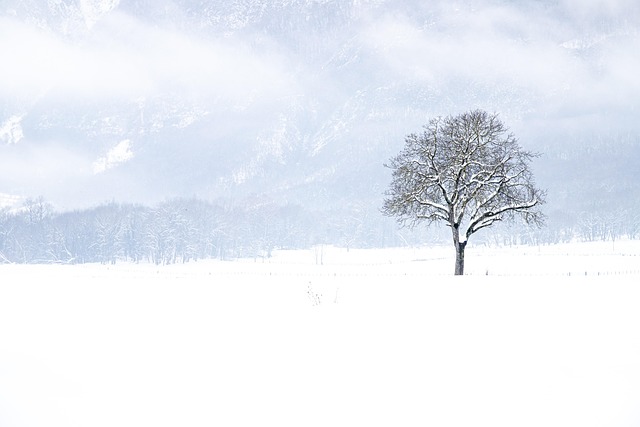Coastal areas present unique challenges when it comes to fencing due to harsh weather conditions and exposure to salt water. This article explores durable wooden fencing as a robust solution for these challenging environments. We’ll delve into understanding specific coastal fencing needs, highlighting the benefits of long-lasting wood options, and providing guidance on selecting suitable timber types. Additionally, practical installation and maintenance tips will ensure your coastal fence stands the test of time.
- Understanding Coastal Fencing Challenges
- Benefits of Durable Wooden Fencing
- Choosing the Right Wood Types
- Installation and Maintenance Tips
Understanding Coastal Fencing Challenges
Coastal areas present unique challenges when it comes to fencing due to their harsh, often severe environments. Salty air, strong winds, and frequent rainfall can quickly deteriorate traditional fencing materials, leading to regular maintenance or frequent replacements. Additionally, coastal landscapes may include uneven terrain, steep slopes, or loose sands, making the installation process more complex.
These challenges necessitate a different approach when selecting fencing solutions for coastal properties. Standard wooden fences might not withstand the corrosive effects of salt water and moist air, ultimately failing to provide long-term security and privacy. As such, durable, weather-resistant materials like certain types of treated wood or composite materials are ideal alternatives, offering both strength and longevity in these demanding environments.
Benefits of Durable Wooden Fencing
Durable wooden fencing offers a myriad of benefits for coastal areas. Firstly, it provides natural protection against harsh weather conditions, such as strong winds and salt mist, which are prevalent in coastal environments. This durability makes it an excellent long-term investment, requiring less maintenance and replacement compared to other types of fencing.
Additionally, wooden fences can contribute to the aesthetic appeal of a coastal property. Their warm, natural tones complement the surrounding landscape, blending seamlessly with the sea breeze and sunshine. Moreover, these fences can be custom-designed and stained to match individual preferences, allowing homeowners to create a unique and inviting outdoor space.
Choosing the Right Wood Types
When selecting wood for coastal fencing, understanding the local climate is key. Saltwater and salty air can accelerate wood decay, so choosing durable species is essential. Hardwoods like cedar, redwood, and teak are popular choices due to their natural resistance to moisture and insects. These woods not only withstand harsh weather conditions but also age gracefully, maintaining their beauty over time.
Considered more economical alternatives include treated pine and pressure-infused wood, which are coated with protective chemicals. While these options might be less expensive upfront, they may require more maintenance over the long term to prevent rot and pest damage, especially in coastal environments.
Installation and Maintenance Tips
When installing durable wooden fencing in coastal areas, it’s crucial to prepare the foundation properly by ensuring the posts are set in concrete and well-levelled. The surrounding soil should be compacted for stability. Regular cleaning is essential; remove salt deposits and organic matter that can attract pests. Consider a pressure washer for deep cleaning.
Maintenance involves occasional painting or staining to protect the wood from moisture and UV rays. Check the fence regularly for loose boards, damaged posts, or signs of rot, treating issues promptly. Sanding and re-staining can extend the life of your wooden fencing, keeping it looking its best despite coastal conditions.
